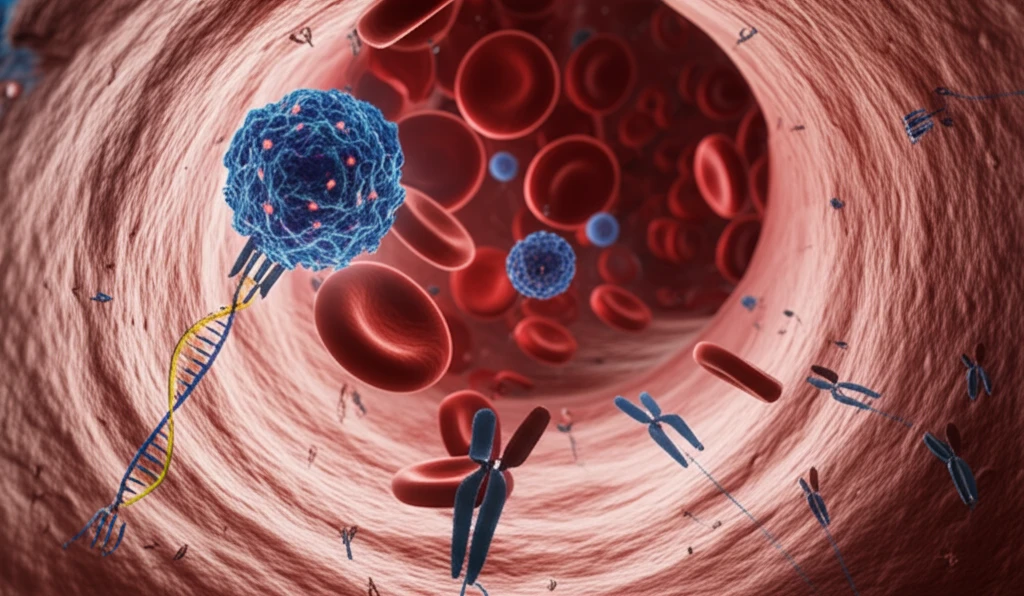
mRNA Targeted Drug Delivery: Revolutionizing Treatment with Precision Medicine
"A New Era of Targeted Therapies: How Directing mRNA to Specific Cells Can Enhance Drug Delivery and Expression"
Messenger RNA (mRNA) therapeutics have emerged as a promising alternative to traditional treatments, offering innovative solutions in fields like vaccination, protein replacement, and cellular reprogramming. These mRNA-based approaches use synthetic mRNA to instruct cells to produce specific proteins, addressing deficiencies or combating diseases directly at the cellular level.
A significant challenge in mRNA therapeutics is ensuring that the mRNA reaches the intended target cells efficiently. Systemic administration often leads to the mRNA being taken up predominantly by the liver, limiting its effectiveness in treating other organs or tissues. To overcome this, researchers are developing targeted delivery systems that can direct mRNA to specific cell types, enhancing therapeutic outcomes and minimizing off-target effects.
One such innovative approach involves re-targeting exogenous mRNA to the lungs by directing it via PECAM-1, a molecule expressed on blood vessel cells. This method enhances vascular delivery and gene expression in the lungs, independently of apolipoprotein E-mediated uptake, marking a significant advancement in targeted drug delivery.
How Does PECAM-1 Targeting Enhance mRNA Delivery?

The key to this innovative approach lies in modifying lipid nanoparticles (LNPs), which are used to encapsulate and deliver the mRNA. By conjugating these LNPs with antibodies specific to PECAM-1 (Platelet Endothelial Cell Adhesion Molecule-1), researchers can guide the mRNA directly to the cells lining the blood vessels in the lungs. PECAM-1 is highly expressed on endothelial cells, making it an ideal target for directing therapeutics to the pulmonary vasculature.
- Enhanced Lung Delivery: Increases mRNA and protein expression in the lungs.
- Reduced Liver Uptake: Minimizes off-target effects by decreasing liver accumulation.
- Apolipoprotein E Independence: Operates independently of traditional mRNA uptake pathways, enhancing versatility.
- Vascular Targeting: Precisely directs mRNA to blood vessel cells in the lungs.
The Future of mRNA Therapeutics
Targeting mRNA delivery via PECAM-1 represents a significant leap forward in the field of genetic medicine. By enabling precise control over where and how mRNA is expressed, this approach opens up new possibilities for treating a wide range of pulmonary diseases, from infections to cancer. As research continues and these targeted delivery systems become more refined, we can expect to see even more effective and personalized mRNA therapies in the future.
